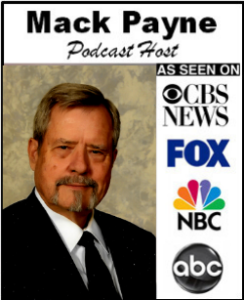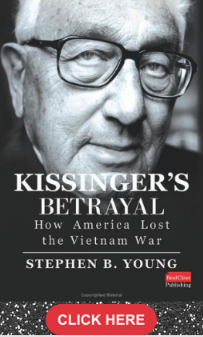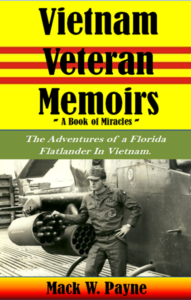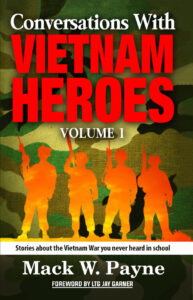Podcast: Play in new window | Download
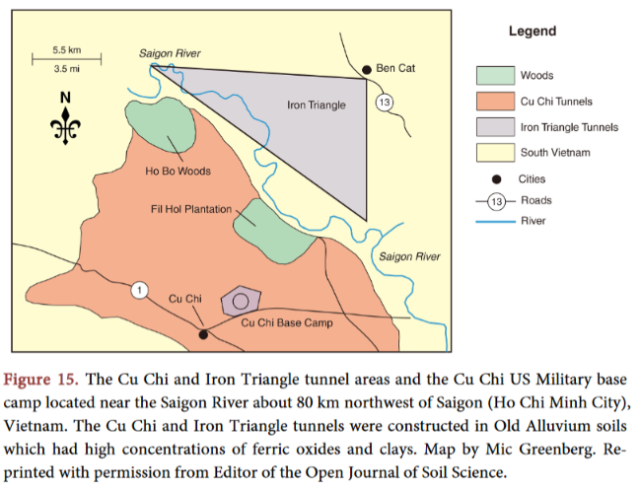
Iron Triangle Tunnels
Episode 2484 of the Vietnam Veteran News Podcast will feature a report about the Cu Chi Soil and Iron Triangle Soil Tunnels by Professor Kenneth R. Olson of the University of Illinois, Urbana. This episode is dedicated to the Memory of Melvin Page of Kinston, Tennessee. He served with C Company, 1st Battalion, 27th Infantry (The Wolfhounds) 25th Infantry Division. Melvin served in the areas described by Professor Olson in his report.
The story titled 3.5. Cu Chi Soil and Iron Triangle Soil Tunnels comes from a paper that appeared on The Scientific Research Publishing website titled: Saigon River Valley: A Navigation, Trade, Mitigation, Invasion, Liberation, and Unification Pathway. The paper was submitted by Kenneth R. Olson, [krolson@illinois.edu], College of Agricultural, Consumer, and Environmental Sciences, University of Illinois, Urbana, USA.
Citation for this paper: Olson, K.R. (2023), Saigon River Valley: A Navigation, Trade, Mitigation, Invasion, Liberation, and Unification Pathway. Open Journal of Soil Science, 13, 46-82In this episode, the portion of Professor’s paper titled: Agent Blue Use in the Mekong Delta by RV Military and US Air Force’s Operation Ranch Hand.
According to Professor Olson, The soil tunnels in the Iron Triangle, on the east side of the Saigon River, was used to attack Saigon from the north and the soil tunnels at Cu Chi were used to attack Saigon from the west via the Saigon River Valley.
At the peak of the Vietnam War, the network of tunnels in the Iron Triangle and Cu Chi linked NVA support bases over a distance of some 150 km, from the Ho Chi Minh Trail and Cambodian border to the outskirts Saigon.
In 1967, U S Army General William Westmoreland tried launching a larger assault on Cu Chi and the Iron Triangle areas with B-52 strikes. It did not completely destroy the tunnels.
Listen to episode 2484 and discover more about the Cu Chi Soil and Iron Triangle Soil Tunnels.


